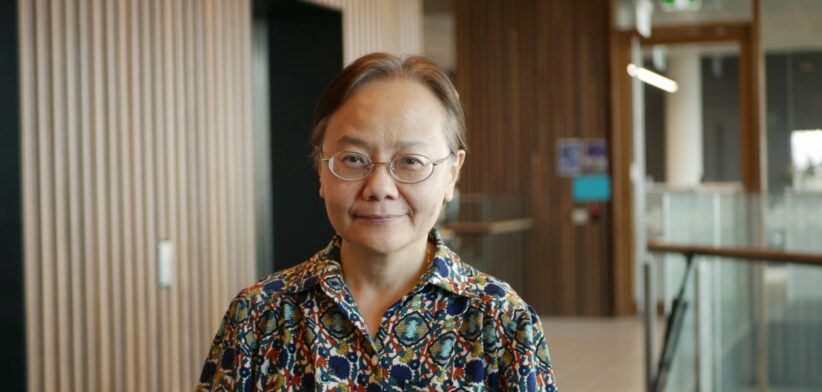With respiratory-related hospitalisations for Indigenous people well over twice the rate of other Australians, public health strategies are needed to address underlying issues earlier.
An international research team, led by QUT Professor Anne Chang, says the strategies must begin at pre-conception and early childhood to attain optimum lung function for Indigenous people.
In a review published in Lancet Respiratory Medicine the researchers have developed a framework for global efforts to address the drivers of chronic respiratory disease (CRD).
Professor Chang, a childhood respiratory disease expert from the QUT School of Public Health and Social Work and the Australian Centre for Health Services Innovation, said the framework’s strategies were important for all people, but more pressing for Indigenous people.
“They have a high prevalence of risk factors for CRD including low birthweight, prematurity, poor nutrition, air pollution, and a high burden of infections and poverty,” Professor Chang said.
“In Australia, for example, a 2023 report indicated that 29 percent of Indigenous Australians self-reported having CRD and their respiratory-related hospitalisation rate is 2.4 times that of non-Indigenous Australians.”
She said chronic cough was common among Indigenous children and is associated with poorer future lung function, but when optimally managed, improved their quality-of-life.
“Suboptimal management of CRDs like asthma and bronchiectasis in childhood, increases the risks of poorer future lung function, recurrent exacerbations and hospitalisation and impaired quality of life in children and adults,” Professor Chang said.
She said other common chronic respiratory contributors included poor antenatal care, high rates of poverty, housing overcrowding, obesity, smoking in Indigenous vs non-indigenous groups, poor access to care, fewer investigations, interventions and prescriptions.
“Our review found common themes of disparity between Indigenous and non-Indigenous Peoples in Australia, Canada, New Zealand, and USA complicated by childhood drivers of CRD and other factors not specific to lung health such as racism, colonisation, and systemic inequities.”
The team proposed a four-prong overlapping approach where clinicians acted locally to make a difference to Indigenous Peoples’ respiratory health, while the social determinants of health inequality were addressed by political systems.
“This approach calls for initiatives co-designed with Indigenous People that are focussed on children to build capacity in the community, health professionals and researchers; provide high-quality, evidence-based clinical services; health education for policy makers, patients and health professionals and culturally appropriate research.”








